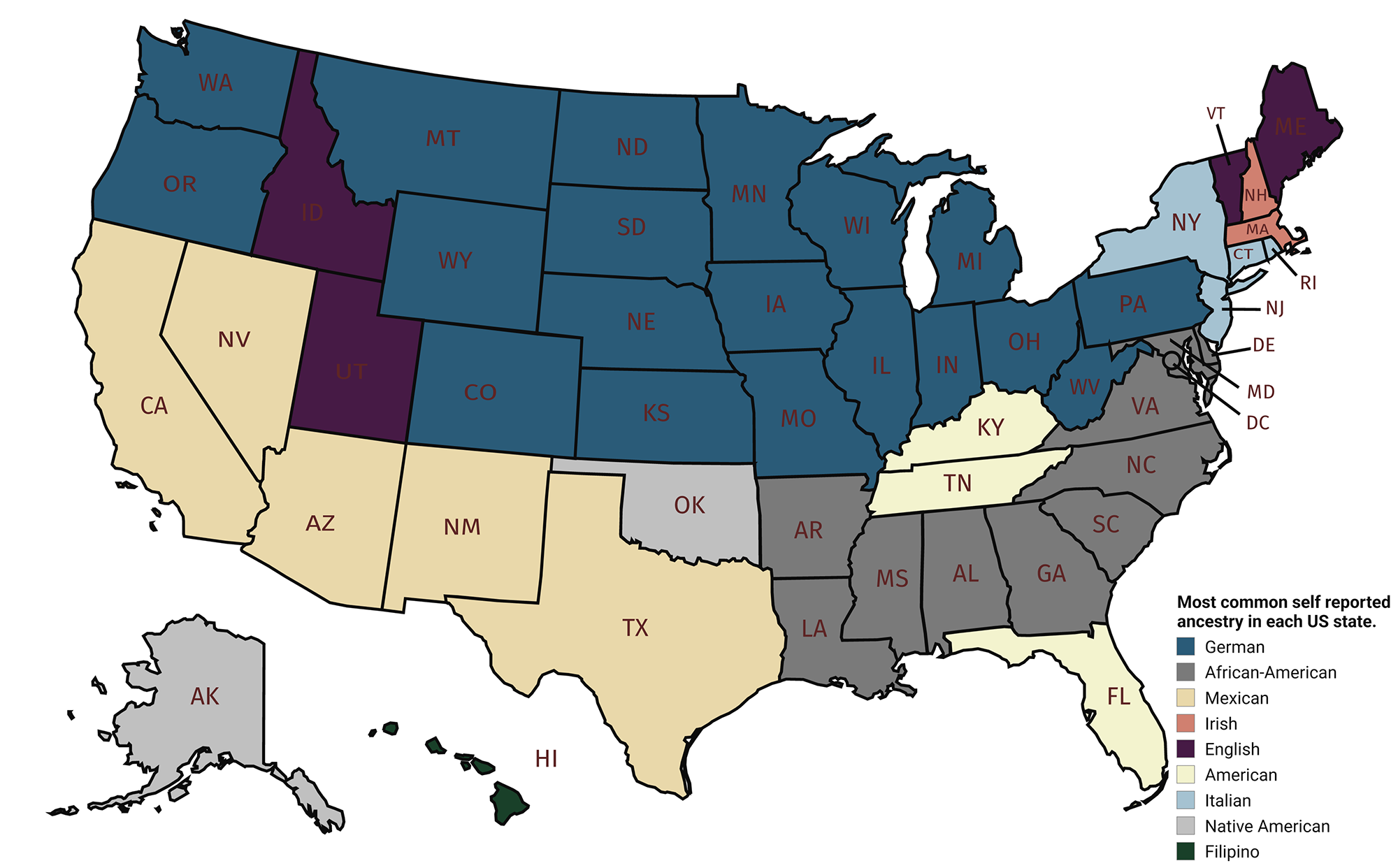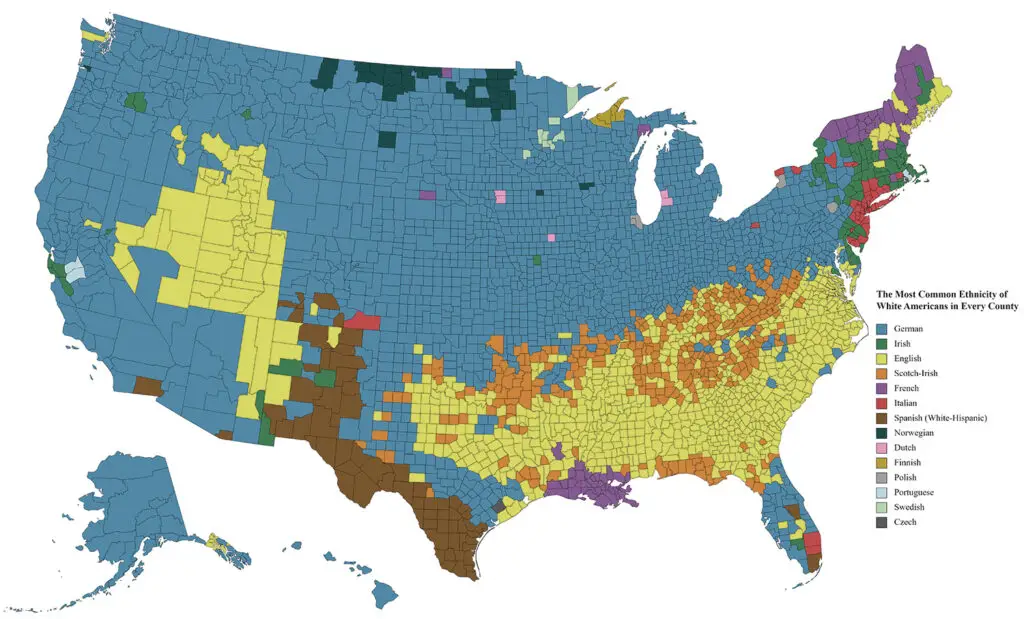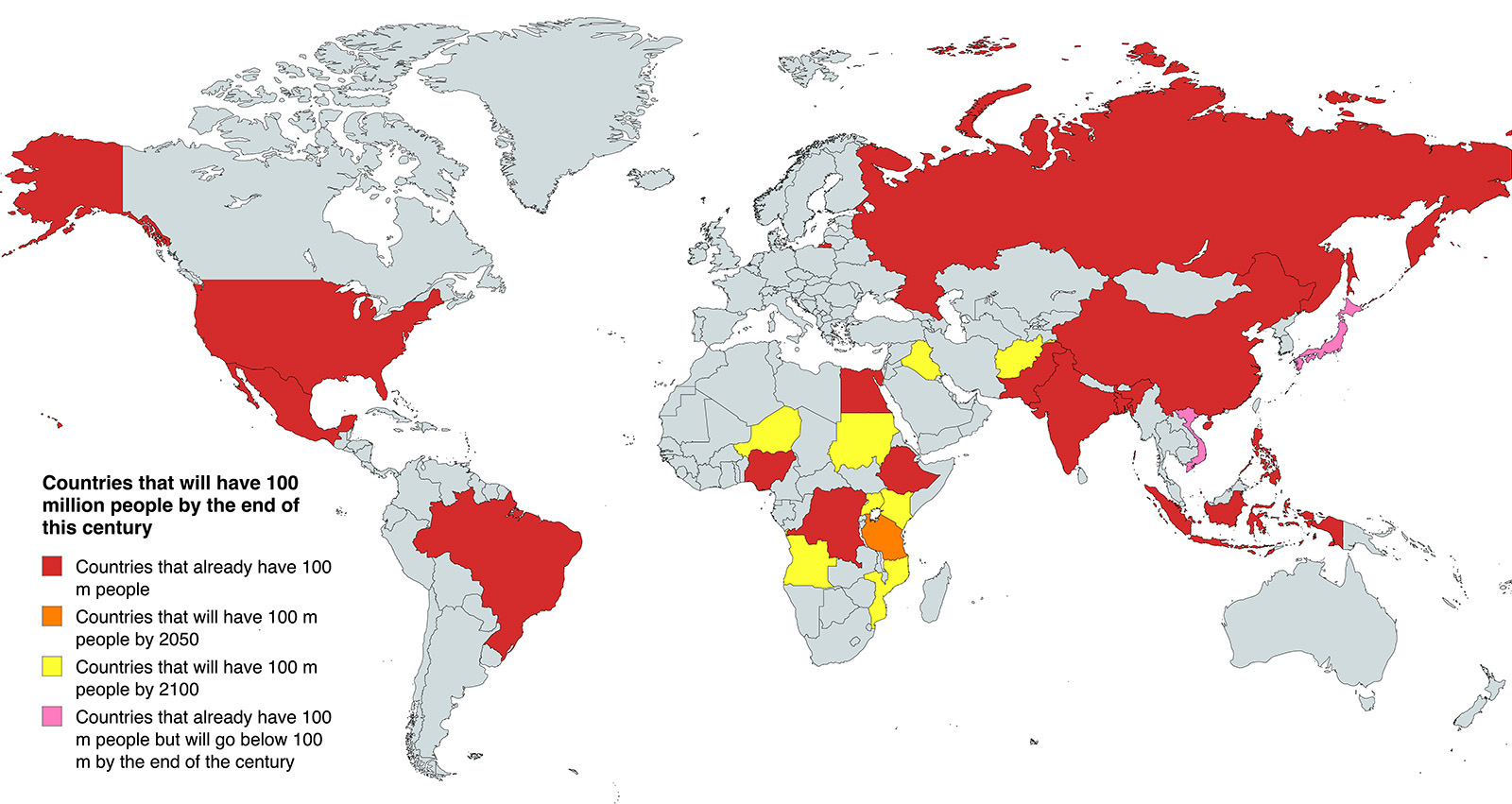Asian American Population Patterns: A County-Level Look at America’s Fastest-Growing Racial Group
The Asian American community stands as one of the most dynamic demographic groups in the United States. Making up 7.2% of the total U.S. population – over 24 million people as of 2022 – Asian Americans have more than doubled their presence in the country since 2000. This remarkable growth has reshaped communities nationwide, creating new cultural and economic centers that have transformed the American landscape.
Using ArcGIS and comprehensive data from the U.S. Census Bureau, including both the decennial census and American Community Survey, I created two animated maps to visualize these demographic patterns. These visualizations combine historical records with current estimates to show how Asian American populations have grown and shifted across U.S. counties over time.
This animated map reveals the current distribution of Asian Americans across U.S. counties, showing areas where they comprise from 1% to over 45% of the local population. Each frame highlights counties that meet different population thresholds, providing a clear picture of where Asian American communities are most concentrated.
Regional Patterns and Major Centers
The geographic distribution of Asian Americans shows distinct patterns, with particularly strong presence in coastal regions and major metropolitan areas. The highest concentrations are found in:
- The San Francisco Bay Area, where several counties report over 30% Asian American population
- Parts of the New York metropolitan area, particularly Queens and Nassau County
- Los Angeles and Orange Counties in Southern California
- The Seattle-Tacoma region in Washington
- Honolulu County, Hawaii, where Asian Americans make up nearly half the population
This second visualization tracks the growth of Asian American populations from 1990 to 2022, focusing on counties where Asian Americans make up 5% or more of the population. The progression reveals how Asian American communities have expanded across different regions over three decades.
A Story of Growth and Change
The Asian American population growth story goes beyond just numbers. Between 2000 and 2019, this community grew by 81% – the fastest rate among all racial and ethnic groups in the United States. According to U.S. Census Bureau projections, the Asian American population is expected to reach 46 million by 2060, nearly doubling its current size.
What makes this growth particularly interesting is its uneven distribution across the country. While traditional gateway cities like San Francisco and New York continue to attract new Asian immigrants and retain established communities, we’re seeing significant growth in unexpected places. Cities like Minneapolis, Minnesota, and Raleigh, North Carolina, have emerged as new destinations, often driven by educational and professional opportunities.
Economic and Educational Impact
The influence of Asian American communities on local economies is substantial. In Silicon Valley, for instance, Asian Americans make up nearly one-third of the technology workforce. This concentration of talent has helped shape the region into a global innovation hub. Similar patterns are visible in other sectors, from healthcare in Houston to finance in New York City.
Beyond the Coasts
While coastal regions show the highest concentrations, the maps reveal an interesting trend of inland growth. Cities like Austin, Texas, and Phoenix, Arizona, have seen their Asian American populations more than double since 2000. These new population centers often form around universities, research facilities, and growing technology sectors.
Immigration patterns tell only part of the story. Natural population growth and internal migration are increasingly important factors. Second and third-generation Asian Americans often move to different regions than their parents, contributing to a more dispersed population pattern across the country.
Looking Ahead
Demographic projections suggest that Asian Americans will become the largest immigrant group in the United States by 2055. This shift will likely continue to reshape communities across the country, creating new cultural centers and economic opportunities in unexpected places.
These changes will continue to transform the American landscape, making it essential to understand and document these demographic shifts through detailed geographic analysis and visualization.
Looking for detailed maps of the United States? Consider these options from Amazon:
- Classic USA Mega-Map
- Wall Chart Map of The United States of America
- Personalized United States Push Pin Travel Map on Canvas
Read more about American demographics and other fascinating map-based analyses on our blog at VividMaps.com.








